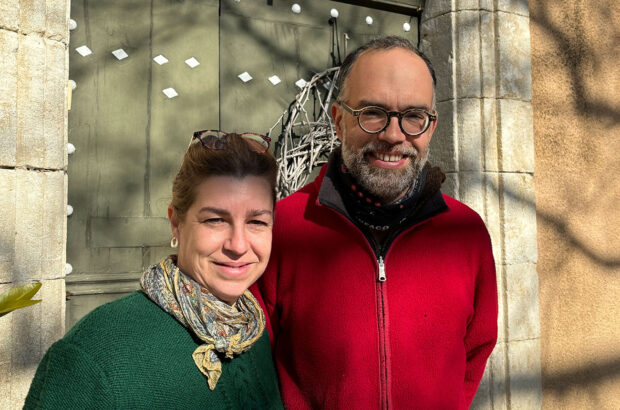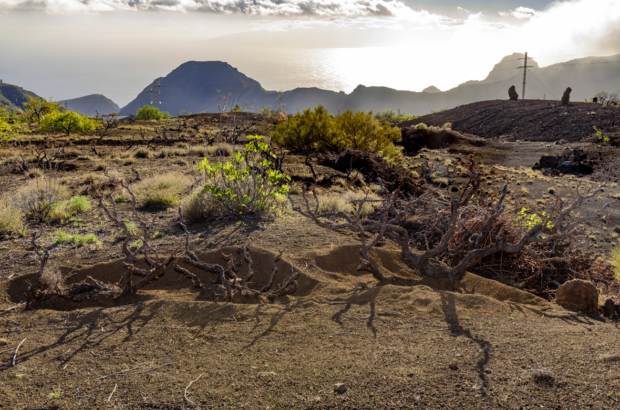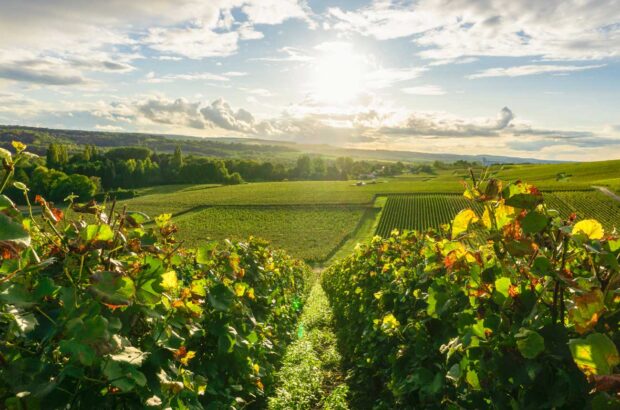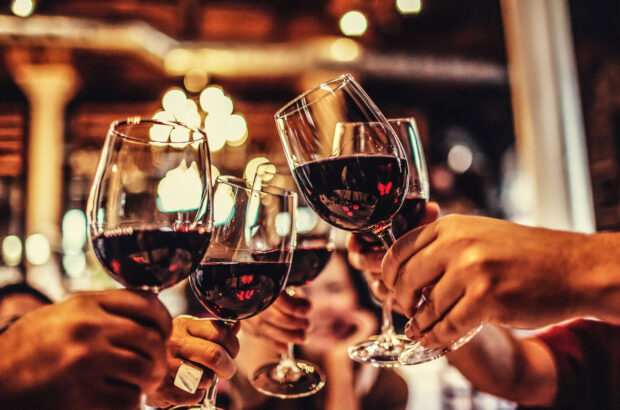Ostracised grape varieties long consigned to the annals of history are being rehabilitated by winemakers in south west France, who see potential solutions to climate change, high alcohol levels and disease - not to mention a point of difference for consumers.
The Pdb No5 variety produces wine with a natural alcohol content of around 10% abv.
There are 39 different grape varieties squashed into the one-hectare Grape Conservatory vineyard in Saint Mont. Twelve of those don’t officially exist; social pariahs that failed to meet the commercial requirements, or tastes, of a particular period.
‘This is not only a museum,’ said Olivier Bourdet-Pees, managing director of Plaimont Producteurs, a producers’ co-operative that is responsible for the grape conservatory.
There could be sound practical reasons for reintegrating forgotten grapes, Bourdet-Pees said as he led tasters in London through a selection of wines produced from grapes so rare that they have had to be renamed.
One, named Pedebernade No.5 (Pdb No.5) has a natural alcohol level of around 10% abv, tracing its parentage to Bouillet. This, Bourdet-Pees said, might offer a way to soften the punch of Tannat, the area’s premier grape. ‘It’s impossible to get perfect ripeness with Tannat and have an alcohol level of 12.5%, so we have to think about that.’
The problem is, Pdb No.5 is a female plant and therefore forbidden for commercial use in France. Female grapevines have not been authorised by wine bureaucrats, said Bourdet-Pees. ‘It is because they are more difficult to grow and so they don’t really exist anymore.
‘We want the government to make an exception, but so far they have said no.’
In the more immediate future, he said three varieties from the Conservatory – Dubosc No.1, Tardif Noir and Txakoli Noir – have the most potential. Tardif Noir, a hermaphrodite plant, typically ripens late, which could prove useful ‘if the climate changes as predicted’, Bourdet-Pees said. Dubosc No.1 is similar, and has also shown itself to be ‘naturally resistant to many illnesses’.
Txakoli Noir is close to Cabernet Franc, but has originality on its side. ‘In our climate, we think the best styles come from indigenous grapes,’ said Bourdet-Pees.
In a nutshell, Bourdet-Pees argues that a stronger focus on biodiversity could save us from stylistic cliches and answer challenges that winemakers may face from disease and changing weather patterns.
‘In the 1950s, the top 20 grape varieties in France made up 50% of vineyard area. Now it’s 93%,’ he said. ‘I’m sure that Merlot is very good for Petrus, but it can’t be good for each terroir.’
Written by Chris Mercer







